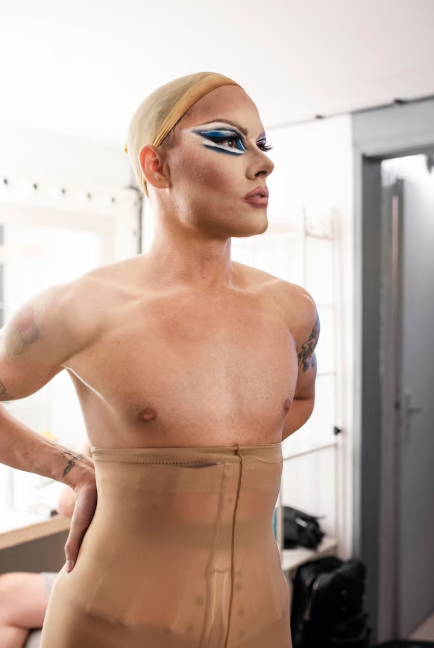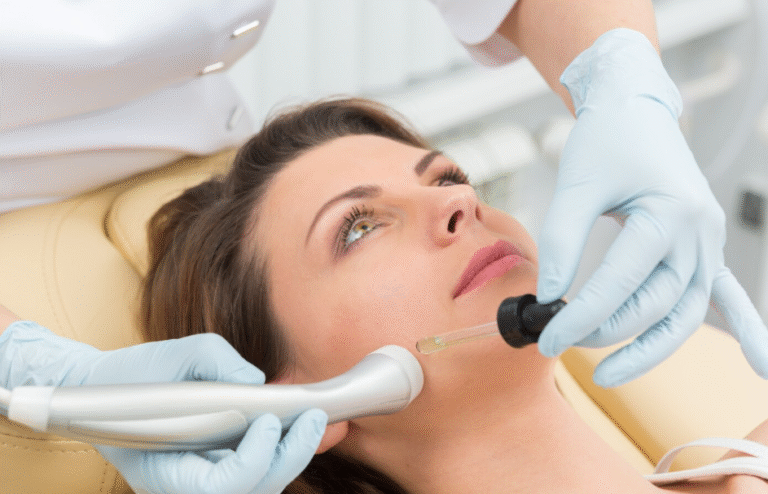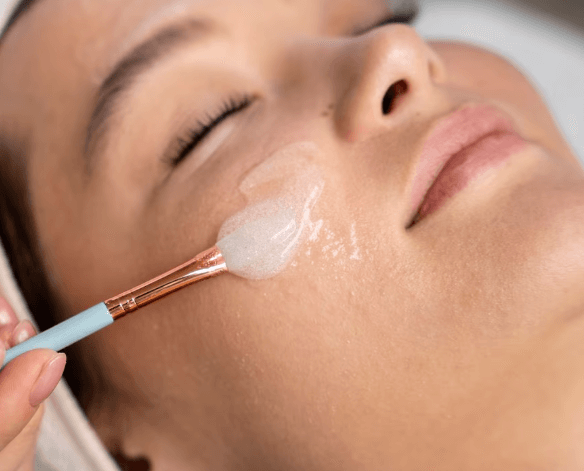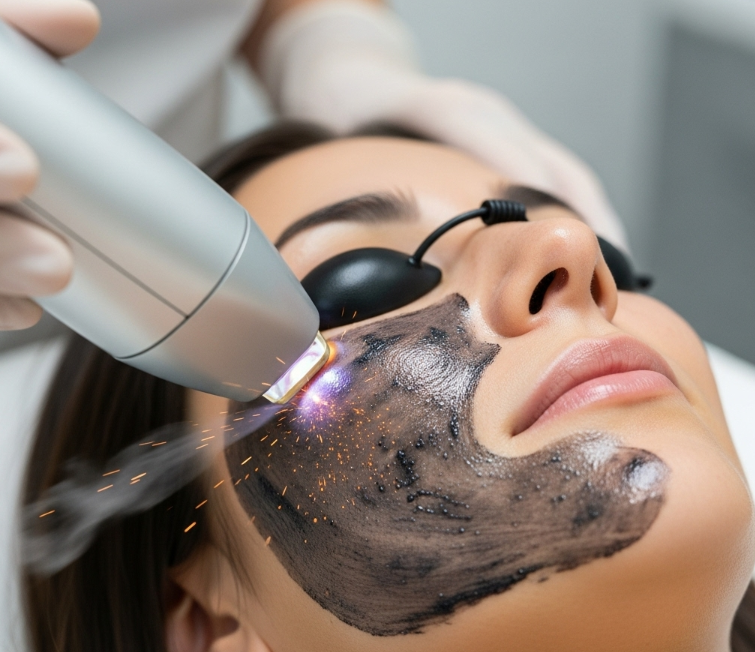Treatment Overview
Transgender Chest Feminization Surgery in Korea is a comprehensive gender-affirming procedure aimed at creating a natural, feminine chest for transgender women (MTF patients). The surgery typically combines breast augmentation, submuscular or subglandular implant placement, and nipple-areola reconstruction to achieve symmetry, projection, and proportional aesthetics. Korean surgeons are highly skilled in MTF chest procedures, focusing on both appearance and function while minimizing scarring and preserving sensation whenever possible.
Purpose & Benefits
- Feminine Chest Contours: Achieves natural breast shape and slope tailored to transgender women.
- Complete Chest Feminization: Combines implants and nipple-areola reconstruction for optimal results.
- Customizable Implant & Areola Options: Allows for personalized size, projection, and pigmentation.
- Minimal Scarring: Advanced surgical techniques reduce visible incision lines.
- Preserve Sensation: Careful handling of tissue maintains nipple sensitivity whenever feasible.
- Enhances Confidence & Gender Affirmation: Supports psychological well-being and self-image.
Ideal Candidates
- MTF individuals seeking complete chest feminization.
- Patients with minimal natural breast tissue who desire implants.
- Individuals post gender-affirming hormone therapy looking for a feminine chest appearance.
- Patients seeking symmetry, projection, and a natural nipple-areola complex.
- Those wanting long-term aesthetic and psychological benefits from chest surgery.
Possible Risks & Complications
- Temporary swelling, bruising, or tenderness.
- Minor asymmetry or contour irregularities.
- Infection or delayed healing (rare with proper care).
- Capsular contracture or implant displacement (rare).
- Pigmentation fading or minor asymmetry in tattooed areola.
- Changes in nipple or breast sensation (usually temporary).
Surgical Techniques Used
- Submuscular or Subglandular Implant Placement: Creates natural breast contours.
- Nipple-Areola Reconstruction: Local flap or tattooing techniques for realistic projection and color.
- Composite Technique: Combines implants with nipple-areola reconstruction for complete feminization.
- Optional Fat Grafting: Enhances upper-pole contour and smooths transitions.
- Symmetry & Proportion: Custom planning to match chest anatomy and overall body frame.
Recovery & Aftercare
- Mild swelling, redness, and tenderness for 1–2 weeks.
- Light activities can resume within 5–7 days; avoid heavy lifting or chest pressure for 4–6 weeks.
- Compression garments or surgical bras recommended for proper support.
- Wound care, ointments, and follow-up visits to monitor healing.
- Final appearance stabilizes after 2–3 months, including implant position and nipple-areola aesthetics.
Results & Longevity
- Natural-looking feminine chest with smooth contours and proportional breast size.
- Symmetrical, aesthetically pleasing nipple-areola complex.
- Long-lasting results with minimal maintenance; tattoo touch-ups may be required.
- Enhances overall confidence and supports gender-affirming transition outcomes.
Treatment Process in Korea
Initial Consultation & Assessment
- Evaluation of chest anatomy, skin quality, and tissue availability.
- Discussion of implant type, size, placement, and nipple-areola reconstruction options.
- Personalized surgical planning for symmetry, projection, and chest feminization goals.
Surgical Planning & Preparation
- Mapping of incision sites and implant placement.
- Selection of surgical technique tailored to patient anatomy and preferences.
Surgery Day
- Performed under general anesthesia.
- Implant placement (submuscular or subglandular) executed with precision.
- Nipple-areola reconstruction or tattooing performed for optimal aesthetics.
- Immediate symmetry and contour assessment.
Post-Operative Monitoring
- Wound care instructions and activity restrictions provided.
- Follow-up visits to monitor healing, implant position, and nipple-areola outcomes.
Follow-Up & Refinement
- Tattoo touch-ups or minor revisions if needed for symmetry and projection.
- Long-term monitoring of chest aesthetics and implant integrity.
Why Korea is a Top Destination
- Surgeons highly experienced in transgender chest feminization procedures.
- Advanced surgical techniques with precise implant placement and nipple-areola reconstruction.
- High success rates with natural, aesthetically pleasing results.
- Minimal scarring and emphasis on preserving sensation.
- Personalized care and VIP options tailored to individual patient anatomy.
Cost Range
The cost of Transgender Chest Feminization Surgery in Korea varies based on techniques used and clinic reputation:
- Implant-Based Feminization (Submuscular): USD $4,000 – $7,000
- Nipple-Areola Reconstruction: USD $3,000 – $6,000
- Composite Surgery (Implant + Nipple-Areola Reconstruction): USD $6,000 – $10,000
- Revision or Touch-Up Procedures: USD $1,500 – $3,000
- Premium Clinics with 3D Planning & VIP Care: USD $7,000 – $12,000
Popular Clinics
- Banobagi Plastic Surgery Clinic (Seoul): Specialized in MTF chest feminization and finishing procedures.
- ID Hospital (Seoul): Offers advanced implant techniques and precise nipple-areola reconstruction.
- JK Plastic Surgery Center (Seoul): Known for natural-looking feminine chest outcomes.
- View Plastic Surgery Clinic (Seoul): Focused on symmetry, contour, and aesthetic finishing.
- JW Plastic Surgery (Seoul): Experienced in combining implants with fat grafting for smooth chest contours.




